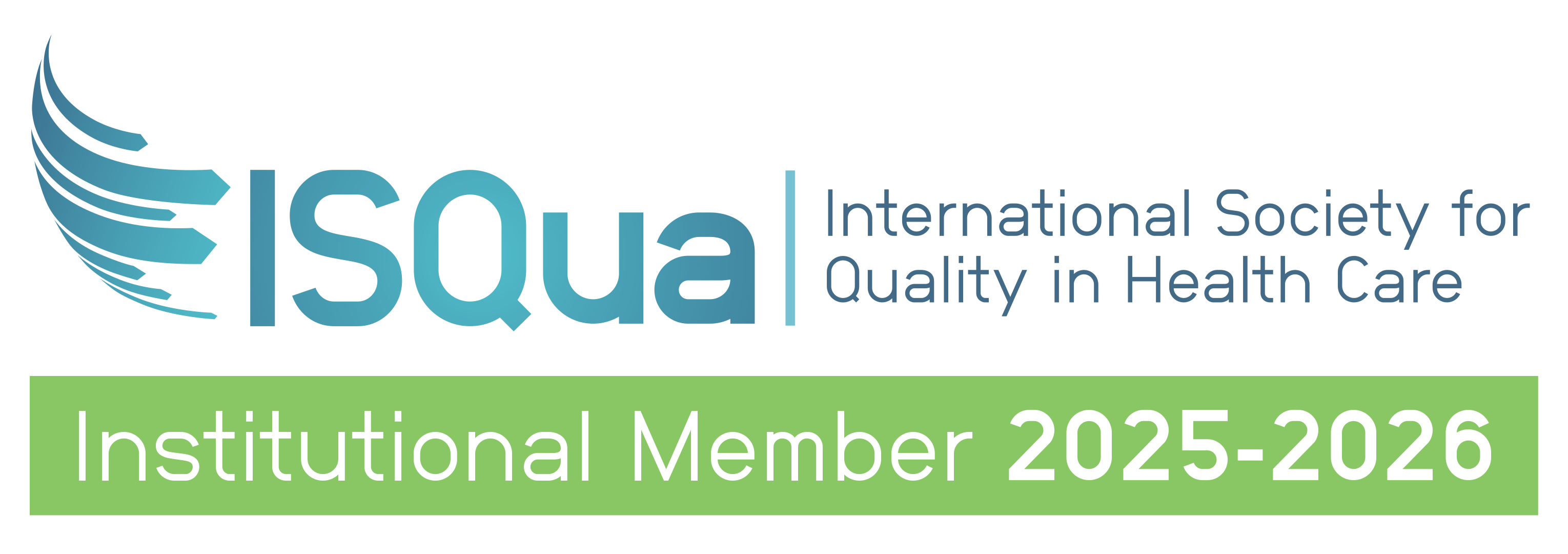
New Report highlights improved general vaccination rates amongst healthcare workers
General vaccination rates for permanent healthcare workers across Australia have increased by over 25% in the last six years according to the new Australian Council on Healthcare Standards (ACHS)’s “Australasian Clinical Indicator Report 2013-20” (ACIR) which measures trends in healthcare data.
Currently sitting at 81.8% in 2020, the vaccination rate for influenza alone increased from 55.1% of staff immunised when the indicator was introduced in 2015 to 81.8% in 2020. All measured healthcare worker vaccinations such as Hepatitis B, Measles, Mumps, Rubella, Pertussis, Varicella, and Influenza now have rates above 80%, which has increased herd immunity in the healthcare environment. COVID-19 vaccinations are not included in this data. In recent years, healthcare worker vaccination rates have surged, and it is likely that the current pandemic has encouraged healthcare organisations to formulate comprehensive immunisation policies for their workers.
The ACIR reports on the activity of 612 healthcare organisations (HCOs) covering an eight-year period and gives a comprehensive overview of healthcare performance utilising patient-centred clinical indicators. This report assists HCOs to determine their own improvements within a national context. The ACIR remains the most enduring report on clinical indicator-based health performance data in the world, consistently capturing data and measuring trends over 29 years.
Key improvements:
- In 2020, 118 clinical indicators showed statistically significant improvement across the Australian healthcare sector. Eight clinical areas had an improvement in at least two-thirds of all trended indicators, including: Anaesthesia and Perioperative Care, Day Patient Care, Gynaecology, Infection Control, Intensive Care, Internal Medicine, Oral Health, Paediatrics and Rehabilitation Medicine Hospital. Notable improvements are:
- There has been a 344% reduction in the day surgery patients who required an unplanned transfer or overnight admission since the year 2000, reflecting a large improvement in the quality of care.
- A 27.5% decline in the number of medication errors that have resulted in adverse events requiring intervention in the last seven years.
These notable improvements avoided significant amounts of patient stress, harm, and expense across hospital admissions in Australia.
Notable deteriorations:
Notable deteriorations are areas where the potential to make improvements exist:
- In 2020, there were 51 indicators with significant trends in the undesirable direction. Some noteworthy deteriorations are:
- Day procedure patients who arrived but the hospital cancelled their appointment due to detection of a pre-existing medical condition has doubled in the past two years. This may be due to closer assessment due to COVID-19 protocols.
- The number of patients medically assessed and treated within 10 minutes of arriving in the Emergency Department was 73.9% in 1998, reached its highest rate in 2013 (81.1%), declining to 76.6% in 2020.
ACHS President, Professor Len Notaras AO said “Clinicians continue to value the Report as it drives quality improvements in healthcare by building a clear understanding of where improvements, as well as deteriorations, are occurring. With more than 26,000 data submissions included there is no other comparable dataset in the world which has the same statistical depth to it,” he said.

